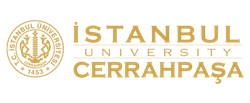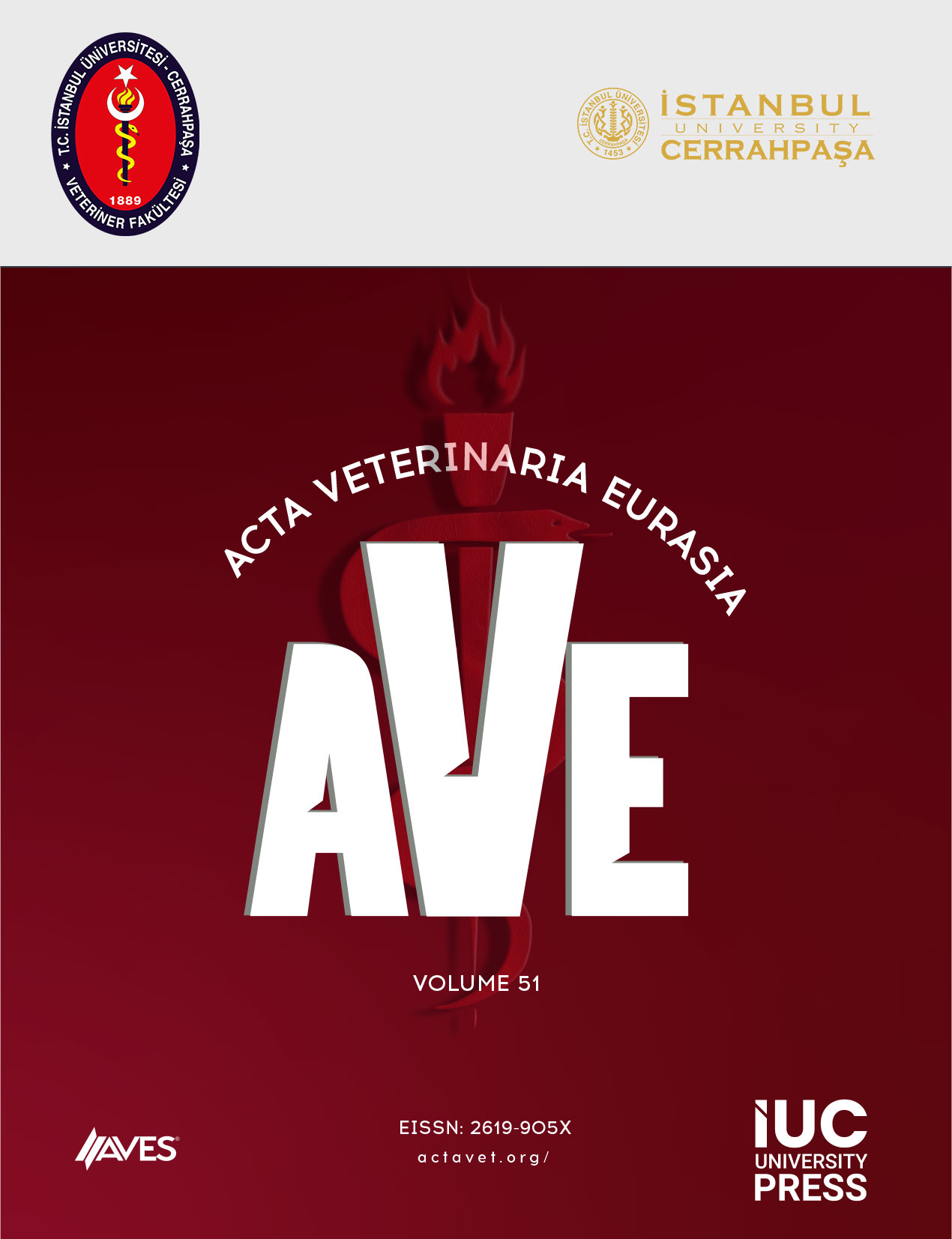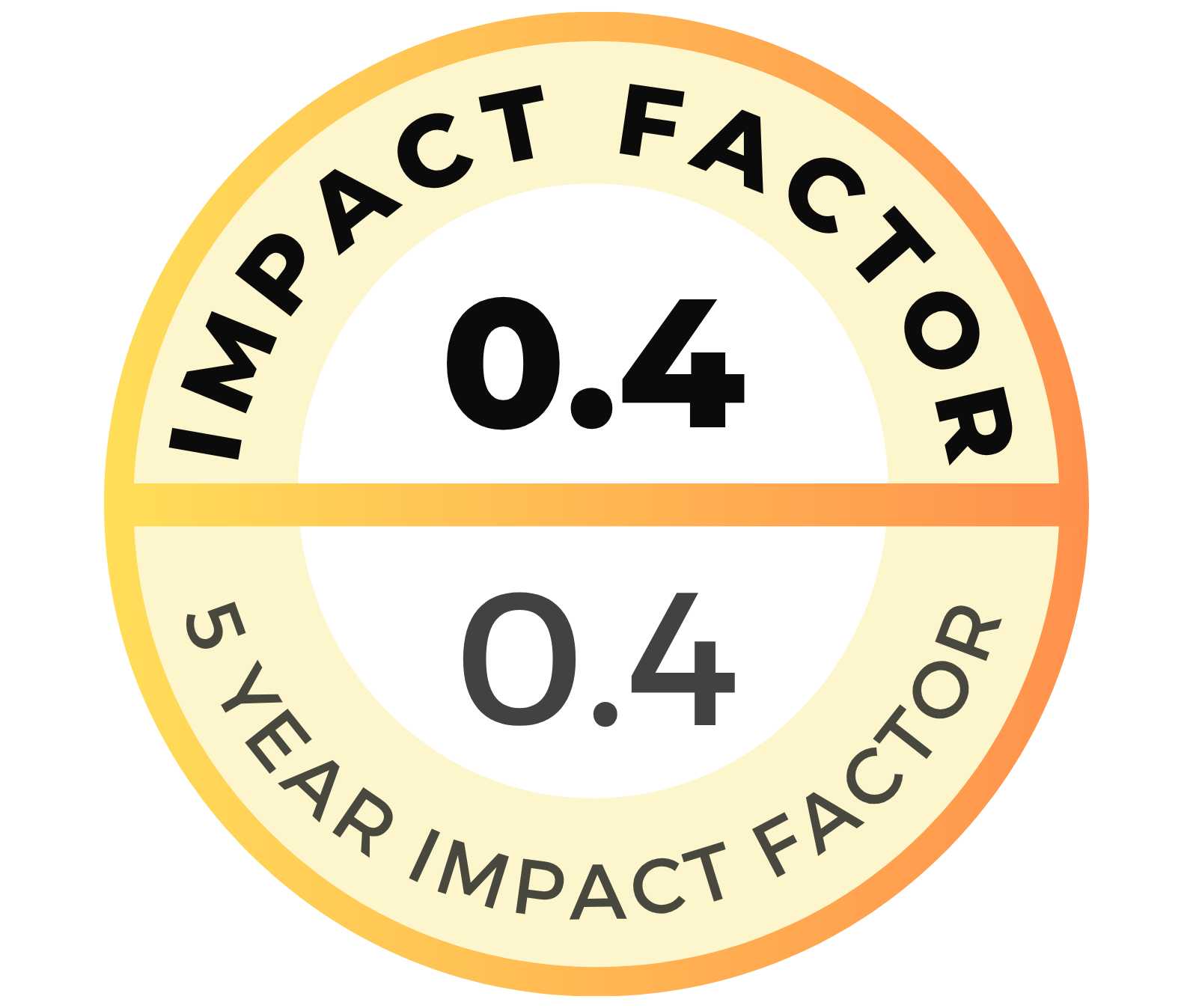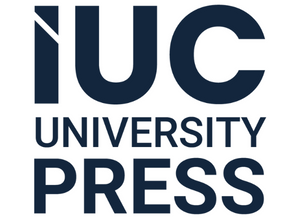Antibiotics are widely used on dairy farms to treat and prevent diseases such as mastitis, contributing to the growing issue of antimicrobial resistance, which threatens human and animal health. This study evaluated the antibacterial properties of three essential oils from the Lamiaceae family: Rosmarinus officinalis L., Rosmarinus tournefortii de Noé, and Origanum vulgare L. subsp. glandulosum (Desf.) Ietswaart against bovine mastitis-associated bacteria and fungi in northeast Algeria. The chemical composition of the essential oils was analyzed using gas chromatography-mass spectrometry, and the antimicrobial activity was assessed via agar disk diffusion and vapor phase methods by measuring inhibition zones. Quantitative antibacterial and antifungal activities were determined using broth microdilution to calculate minimum inhibitory, bactericidal, and fungicidal concentrations. Principal component analysis (PCA) was used to evaluate the relationship between minimum inhibitory concentration values and essential oils’ component concentrations. Gas chromatography-mass spectrometry analysis identified 68, 70, and 55 compounds in Rosmarinus officinalis L., Rosmarinus tournefortii de Noé, and Origanum vulgare L. subsp. glandulosum (Desf.) Ietswaart, respectively. Major components included 1,8-cineole (38.76%– 42.55%) in Rosmarinus officinalis L. and Rosmarinus tournefortii de Noé, and γ-terpinene (27.11%) and thymol (22.11%) in Origanum vulgare L. subsp. glandulosum (Desf.) Ietswaart. Agar disk diffusion showed that Origanum vulgare L. subsp. glandulosum (Desf.) Ietswaart exhibited strong antibacterial activity, particularly against E. coli ATCC 25922 (IZ=25.41 ± 1.58–63.77 ± 0.72 mm), while Rosmarinus officinalis L. showed moderate activity. In vapor phase tests, Origanum vulgare L. subsp. glandulosum (Desf.) Ietswaart was active against all tested strains except P. aeruginosa. Origanum vulgare L. subsp. glandulosum (Desf.) Ietswaart had the highest efficacy, with minimum bactericidal concentration and minimum fungicidal concentration values ranging from 8–32 mg/mL and 1–4 mg/mL, respectively. The results demonstrated the bacteriostatic and fungistatic properties of the essential oils. The principal component analysis results highlight a clear distinction between the chemical and functional properties of the studied EOs, with some strains being more sensitive and others closely aligning with specific essential oil components, with Origanum vulgare L. subsp. glandulosum (Desf.) Ietswaart standing out as the most potent. These findings highlight the potential of these essential oils, particularly Origanum vulgare L. subsp. glandulosum (Desf.) Ietswaart, as promising biodegradable alternatives to antibiotics for controlling pathogens associated with bovine mastitis, aligning with the One Health approach to address human, animal, and environmental health.
Cite this article as: Daïa, M. Elhaddi, Messaï, A., Gherissi, D. Eddine, Rahmani, R., Aydi, S., & Boulebda, N. (2025). Antibacterial activity of northeast algerians’ essential oils of rosmarinus officinalis L., rosmarinus tournefortii de noé, and origanum vulgare L. subsp. glandulosum (desf.) letswaart against major pathogens of bovine mastitis: in vitro evaluation. Acta Veterinaria Eurasia, 2025, 51, 0051, Doi: 10.5152/actavet.2025.25051.





.png)